Padmasana (Lotus) is probably the most well known yoga posture because it’s associated with meditation, but it also has other great benefits like purifying the liver and spleen.
Or course, breath and meditation is practiced in all postures, but lotus allows for a deeper focus on steadying the breath and the mind.
I start all of my students sitting in lotus to calm down the mind chatter. I take some time to set the tone for the class by guiding my students in correct breathing, and meditation techniques to slow down and get quiet.
A full yoga practice requires a lot of movement, and aids in the purification of the mind and body. This is why lotus is also at the very end of practice. We hold it for 30 or more breaths just to come down from all of the activity.
Your hips have to be somewhat open in order to get into Padmasana, so in my tutorial, I also include a few hip opening postures that should help out!
How To Do Padmasana: Lotus Posture
First sit with your legs straight. Grab the right foot, bend the knee, and lift the foot up close to your head. Turn your knee out to the right. You should be externally rotating your hip here. There should be no pressure on the knee, or anywhere else. All of the movement is from rotating the hip.
If you feel your hip is tight, then see if you can breathe into your hips and let go. Don’t push or pull, but release.
Next, drop your toes on top of your thigh, and move your foot into your left hip crease. Drop your knee to the ground. If your toes don’t go right in your hip crease, no problem. Pull it back as far as it will go, and leave it there. One day it will happen!
Bend up your left knee, and grab the left foot. Your right knee will pop up, and that’s ok. Lift the left leg, and pull the foot on top of your right thigh, and into your right hip crease.
So, now both feet are on top of your thighs, and the toes should ideally be tight in your hip crease, but it’s fine if they’re resting on your thighs instead.
Fun Fact: Padmasana always starts with the right leg because it’s about balancing and purifying the inner body. Done this way, you will cleanse the liver and spleen, and stimulate insulin production.
What To Do While You’re In The Posture:
Sit up with a straight spine, pull in the lower belly, and bring your hands to your knees. You can take any hand mudra if you know one that you like.
Slightly lower your chin to your chest. You don’t want to round your back here. The crown of your head should be lifted towards the sky.
Feel the breath move through each chakra, and lift above the crown of the head on the inhale.
On the exhale, move the breath down through the spine, and into the earth below.
Continue to breathe deep here, and focus on connecting with the sky above you, and the earth below.
You can also practice these meditation techniques here.
Note: Padmasana is definitely not required to meditate. If you have tight hips, then it might be tough to get into lotus. If it’s uncomfortable, then just come to a comfortable cross-legged position.
You can try a few of these asanas below to start the hip opening process….
Scroll down for some instruction
- In the first image above, send your knee out to the side, flex your foot, and push your foot into your bicep. Pull your leg back into your chest, and then push your chest forward.
- This is pigeon posture. It’s just like the first picture, but with the leg on the ground. This makes the stretch passive. Bend your knee and try to make a 90 degree angle. Flex your foot. Lift your heart to the sky, and take a slight arch in your back.
- This is still pigeon posture, but now you are laying your upper body on your leg.
- The next posture is Baddha Konasana, bound angle posture. To start this posture, bring your feet together, and your knees out to the side. Pull your heels back as far as they go. Then, open your feet like a book. This is super important because this is what externally rotates your hips.
- To take Baddha Konasana deeper – come forward. You can see in the image that I bring myself totally over my feet, and my head comes to the ground. Only go as far as you can, and then just go a little deeper every time. Pull your hips back, your chest forward, and breathe.
- Crescent lunge. Begin in downward facing dog, and bring your right leg forward between your hands. Drop your back knee, and bend the front knee. Make sure to not over extend the knee, but take a wide step so you can get a really deep hip stretch here. Lift the arms over your head, and sit into it. Then do the other side!
- Happy Baby. This is a total restorative posture. You just did a ton of hip openers, so now it’s time to rest and restore. Lay on your back, and grab the outside of the feet. Bend the knees and pull the feet out. Breathe for about 10 breaths.
Start With Half Lotus
When you’re working through opening your hips, start with half lotus. This means just taking your right foot over your left thigh. Hold if for a few breaths, and then switch sides.
Keep practicing your hip openers, and half lotus. Slowly over time, you’ll be able to add full lotus to the mix!
There’s not a specific time limit on it, and everyone is different. Eventually your hips will sofen, relax, and surrender, and lotus will be no problem.
You can also do lotus at any point in your practice. If you realize your mind just won’t calm down, you’re having trouble focusing, or you’re not feeling well. Stop what you’re doing and take lotus. Breathe deep, and then when your mind is calm – come back.
In Yoga Mala, Pattabhi Jois says that Padmasana is the best and greatest of asanas, and easy to practice in all respects, it should be performed by everyone.” What do you think? Easy or hard? Tell me below!
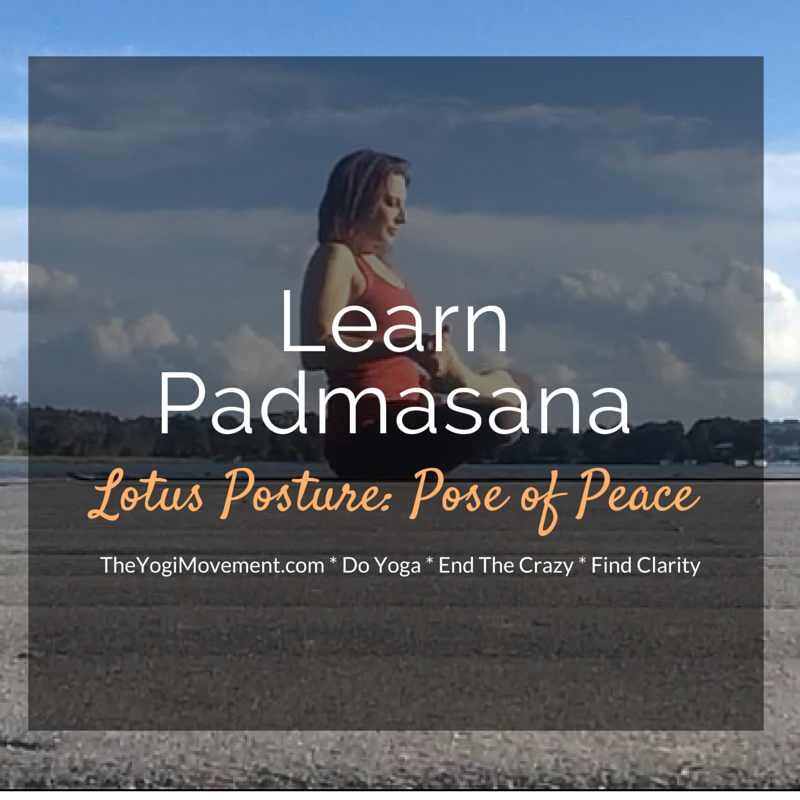
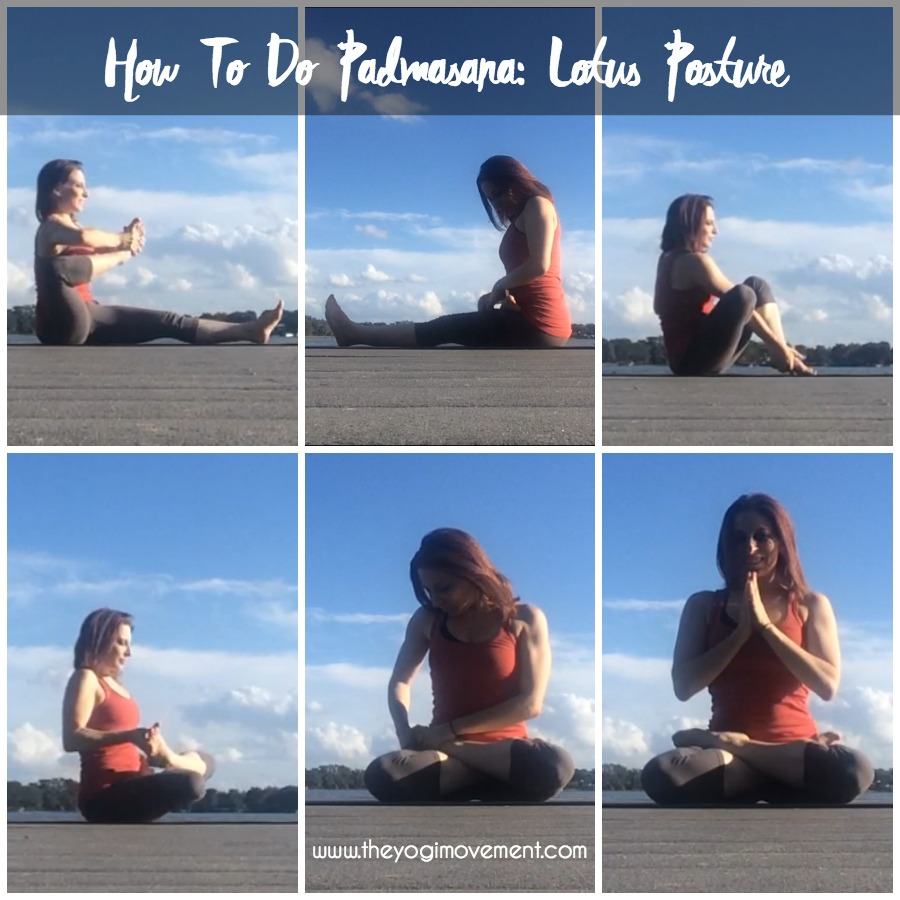
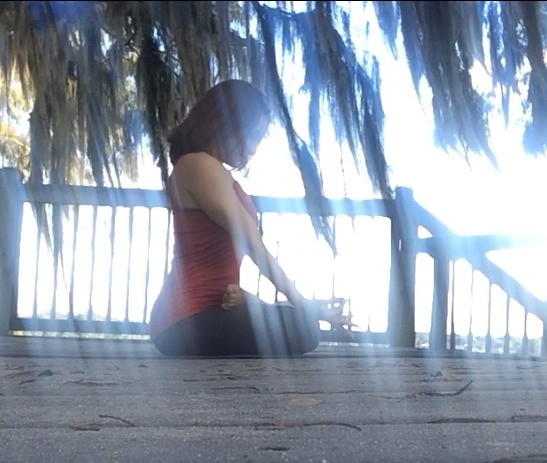
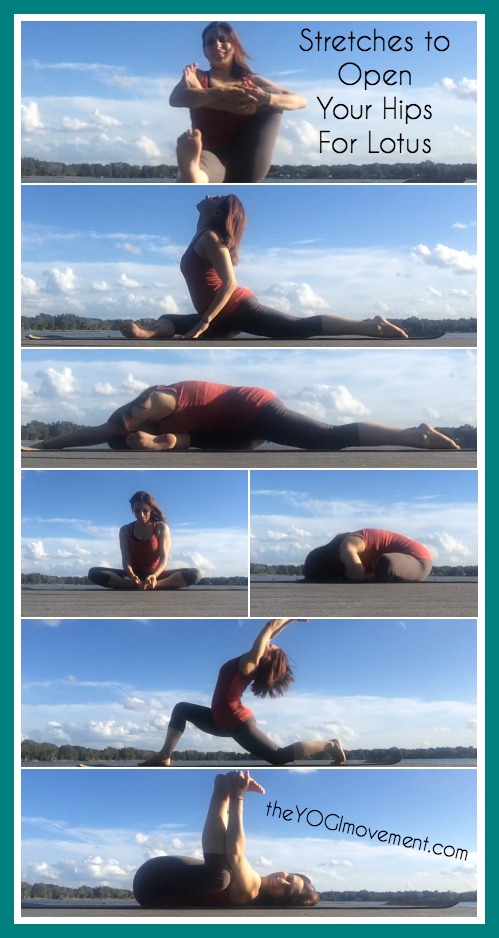
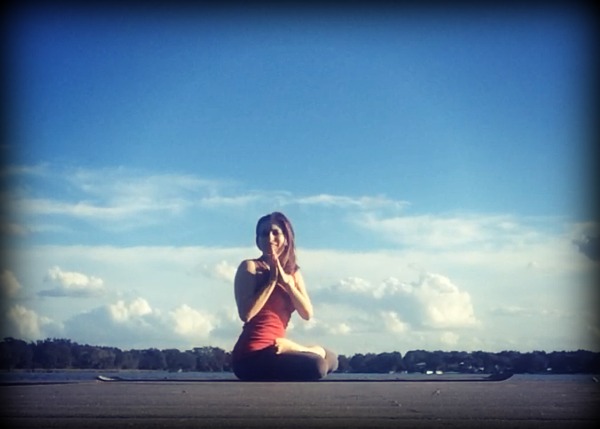
Leave a Reply